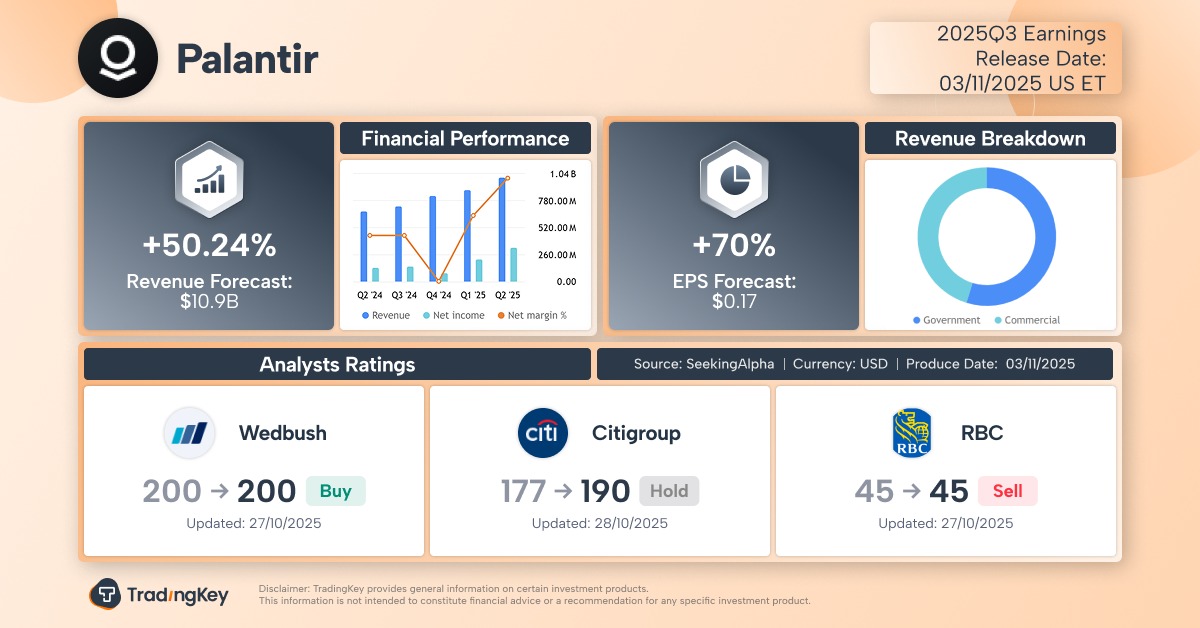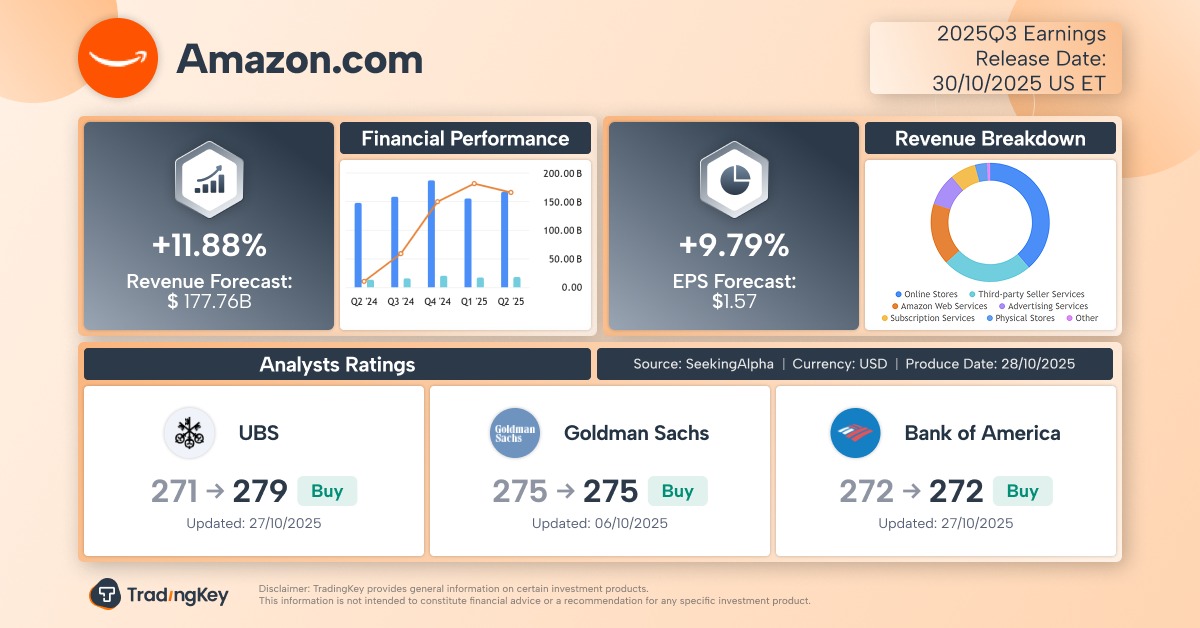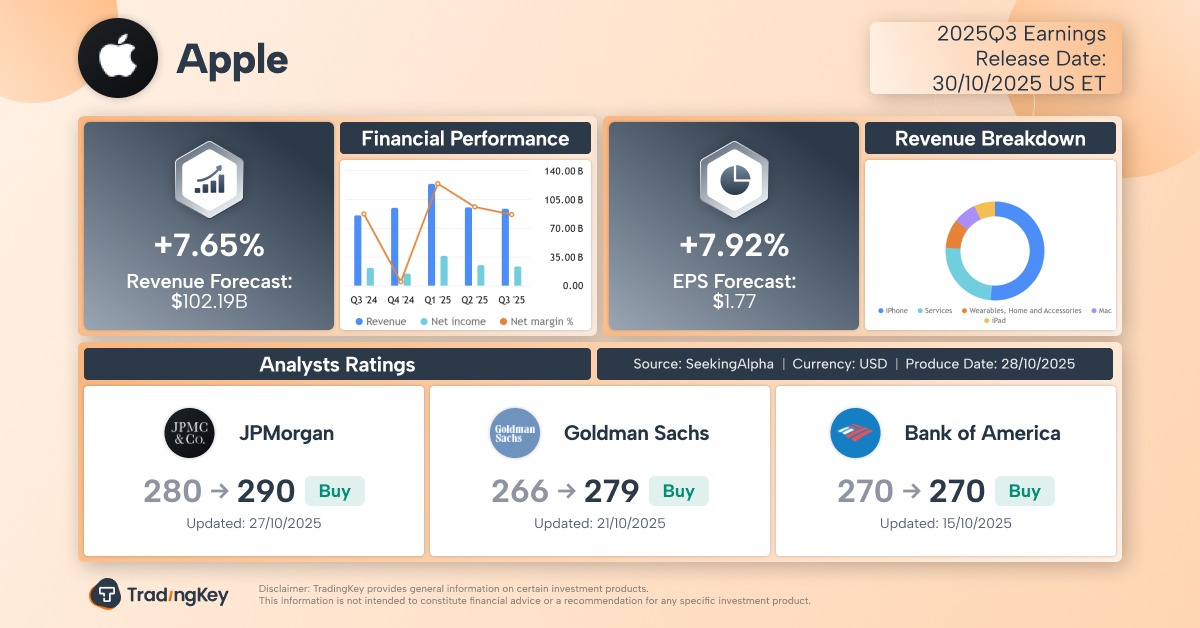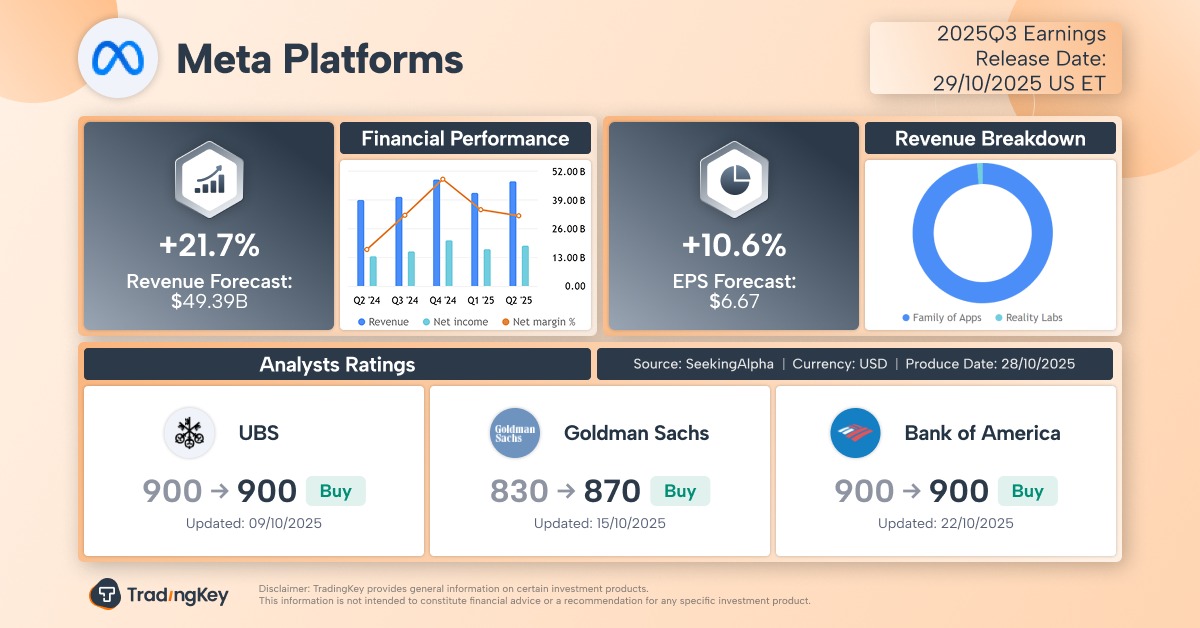Euro’s Parity Narrative Collapses — EUR/USD Hits Longest Winning Streak in Years, on Track for 9-Day Rally

TradingKey - In the first half of 2025, the U.S. dollar fell at its fastest pace since the early 1970s, and the euro surged in response. The EUR/USD exchange rate is now on track to record a rare nine-day consecutive rally, rendering many Wall Street forecasts from earlier this year obsolete.
As of July 1, EUR/USD rose 0.15% to 1.18042, marking the highest level since September 2021 — nearly four years ago. Year-to-date in 2025, the euro has gained over 14%, while the DXY U.S. Dollar Index has declined by around 11%, making it the worst first-half performance for the dollar since the Nixon era.

EUR/USD Exchange Rate in 2025, Source: TradingKey
On Track for Historic Streak
If today’s gains hold, the euro will have risen for nine straight sessions, potentially setting the stage for its longest winning streak since 2004, and only the third such instance since the euro’s creation in 1999.
According to DTCC, about two-thirds of recent options trades are betting on further euro strength.
Analysts attribute the euro’s rally primarily to the weakness of the U.S. dollar, rather than fundamental improvements within the eurozone itself.
Market expectations show a growing divergence between the two central banks:
- The Federal Reserve is expected to cut interest rates by 125 basis points across its next nine meetings
- Meanwhile, the European Central Bank (ECB) may only cut rates by an additional 25 bps, as monetary easing has already been largely completed
From Parity Fears to 1.20+ Outlook
Just six months ago, major banks like JPMorgan and Deutsche Bank were warning that Trump’s tariff policies could push EUR/USD toward parity (1.00) — but now, the narrative has completely flipped.
Investor sentiment has shifted — with rising calls for EUR/USD to reach 1.20, and Société Générale forecasting a mid-term target of 1.25.
ECB Officials Start to Take Note
The euro’s sustained strength has caught the attention of ECB policymakers.
On July 1, ECB Governing Council member Martins Kazaks warned that if the eurozone accepts the proposed 10% baseline tariffs from the U.S., combined with a euro appreciation of more than 10%, the bloc’s export sector could face significant headwinds.
This marks one of the first signs that the ECB may begin to monitor the euro’s rise more closely — especially if it starts to hurt growth prospects.







